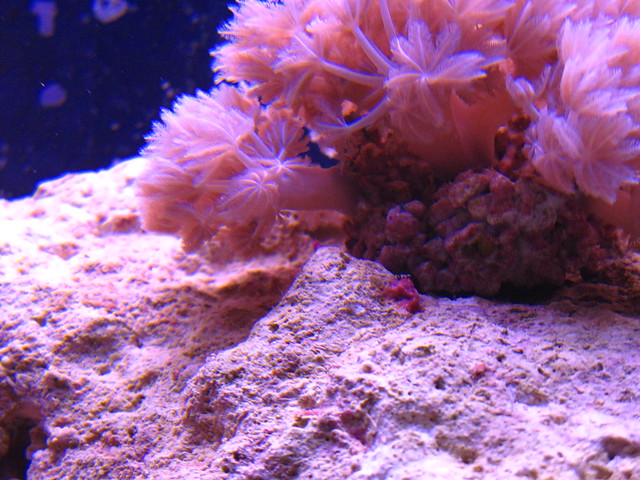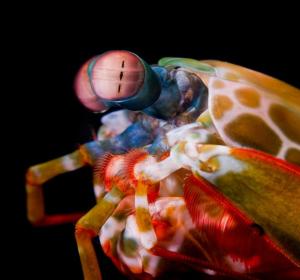Xenia Corals
The Wonderful World of Pulsing Xenia "pumping" Xenia Corals
Click here for a Pulsing Xenia of your own!
Xenia corals are a beautiful and tranquil species of "soft" coral. The opening and closing of the polyps in a pulsing or pumping action is what gives this coral the constant look of gently flowing and waving in the water. In Xenia Corals, groups of stalks ending in these feathery polyps can spread into large mats, and pulsing xenia are quite popular amongst marine reef enthusiasts.
Lighting And Water Current
Xenia corals require an environment that includes moderate to strong lighting. Usually brighter is better for xenia corals living in a marine aquarium, although some success has been reported at lower light levels. They also require at least moderate water flow, as they are one of few corals that seem to do well right up against the strong output of a powerhead.Description
Xenia corals have sturdy stalks up to 3" long, which are usually tan in color. The end of each stalk is covered with a crown of feather-like polyps, each carried on a 1"-2" stem. Those polyps pulsate open and closed in a pumping motion. Groups of these stalks form colonies that can grow into large mats.Hardiness
As far as hardiness is concerned, xenia corals pose an interesting case. While some hobbyists cannot keep this type of coral alive, other hobbyists report that they are almost like a fast growing "weed" coral. Although there are guidelines that can be followed as to xenia care in the home aquarium, no one seems to fully understand what will guarantee the success of this type of xenia corals on the reef.Aggressiveness And Feeding
Xenia corals have an extremely low aggression level. They do not possess any apparent stinging capability, but they do tend to grow over and shadow other corals if allowed. Xenia corals are photosynthetic and do not accept any known foods if offered in the aquarium. It is believed that they can absorb some nutrients directly from the water. Xenia may do better in tanks that are not frequently skimmed.Found this great video showing the pulsing movements of a Xenia compliments of Michael Rice:
Corals Reproduction
Xenia corals reproduce in the tank by attaching its stalk against adjacent surfaces and splitting into two colonies. With this phenomenon, the colonies tend to "walk" in the direction that the water movement bends their stalks. They can usually be coaxed to grow up the back glass of an aquarium.Click here for a Pulsing Xenia of your own!








